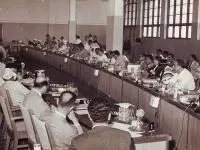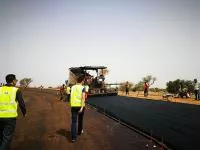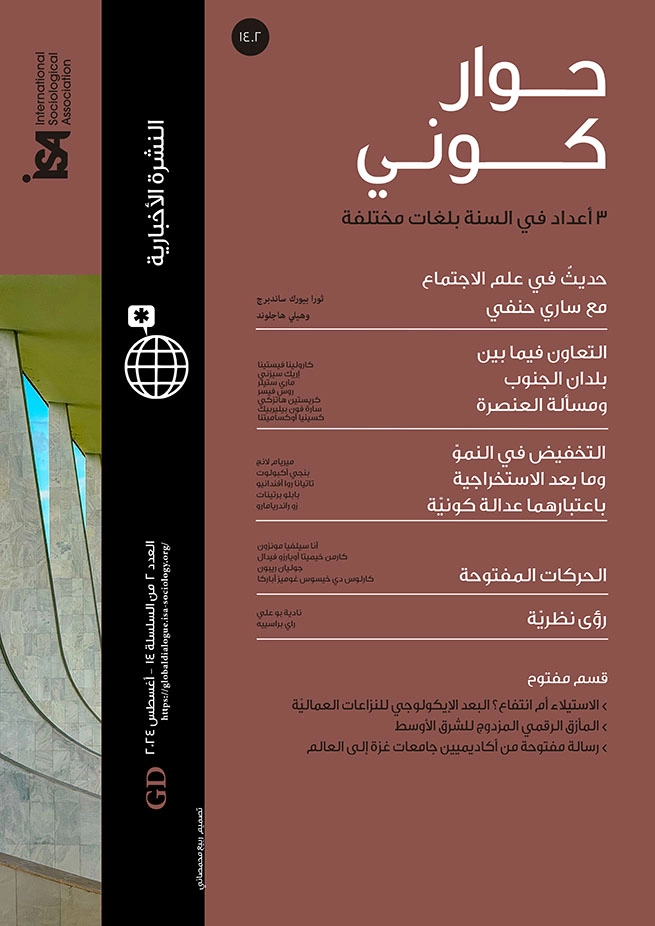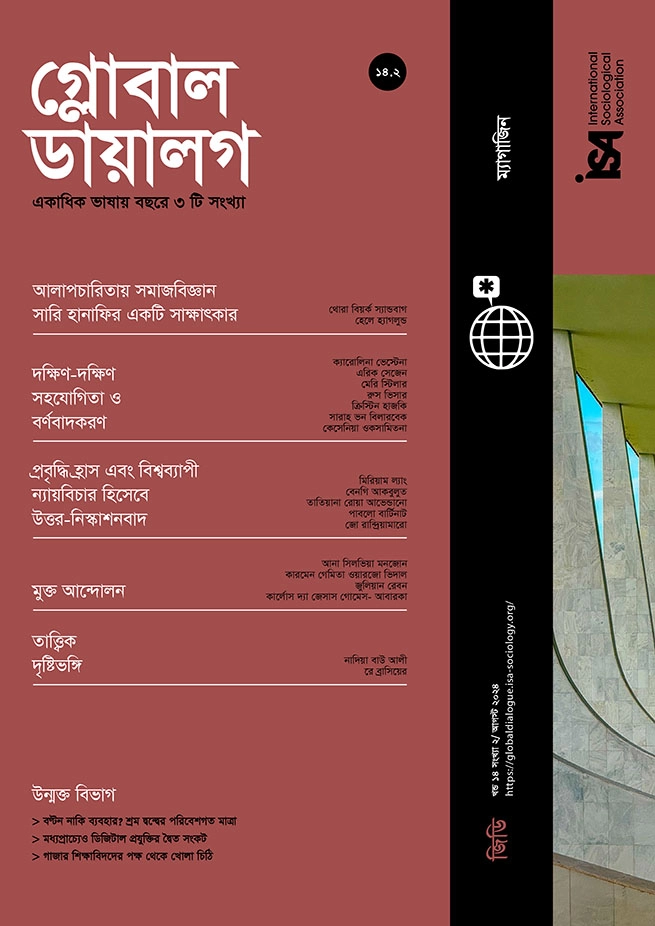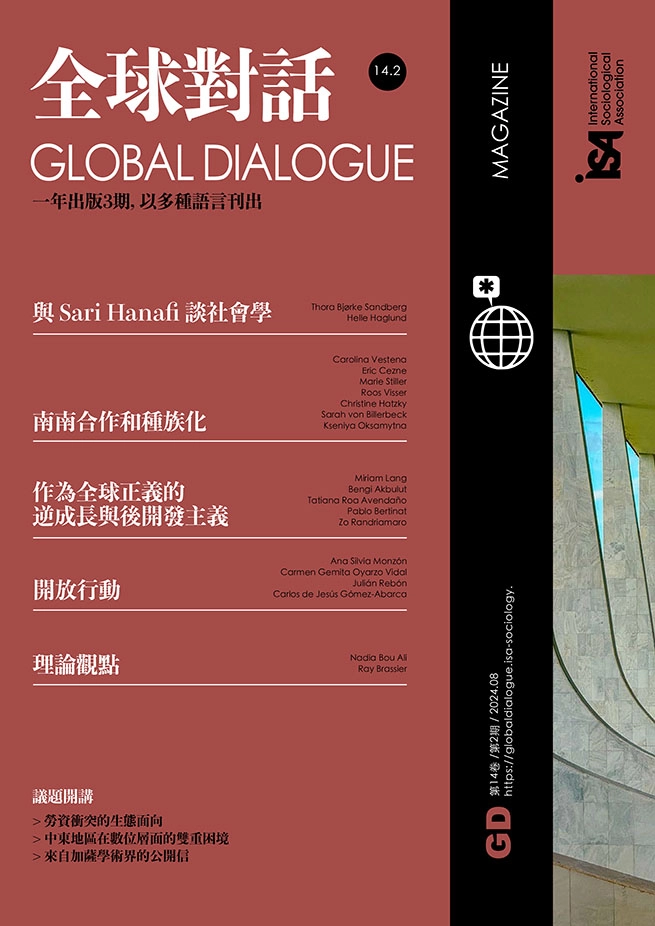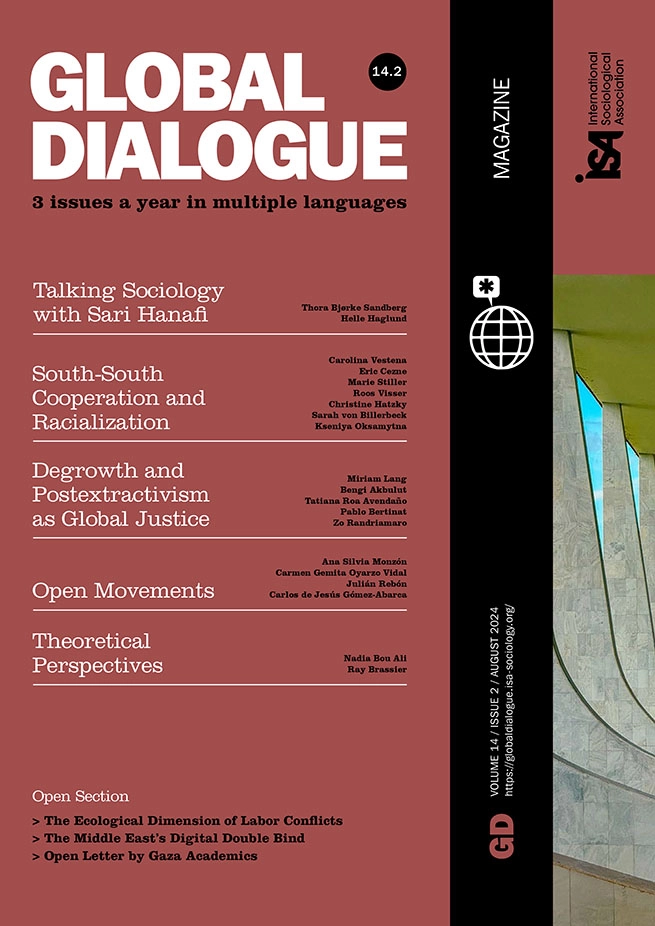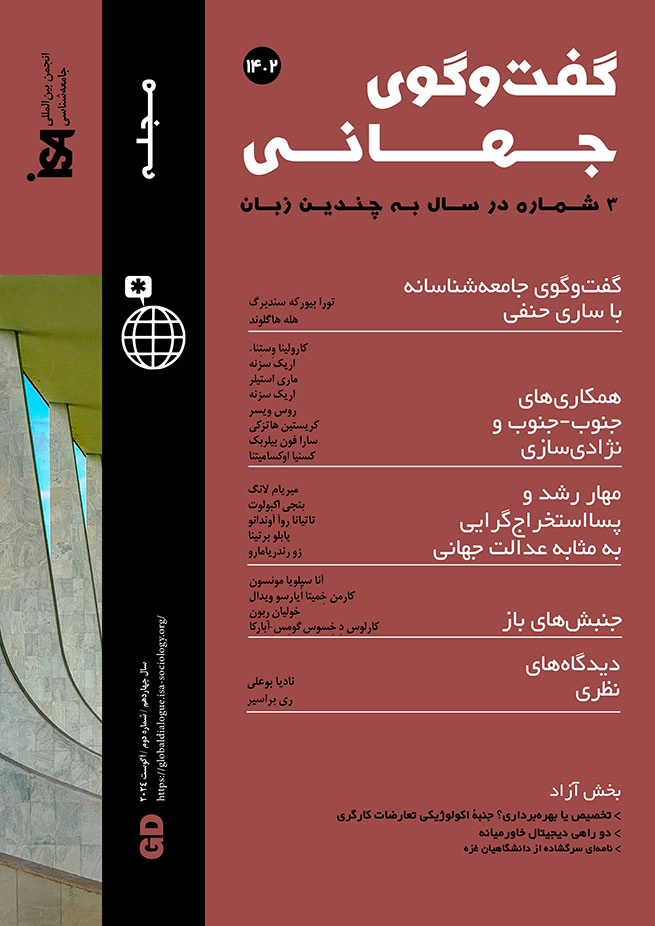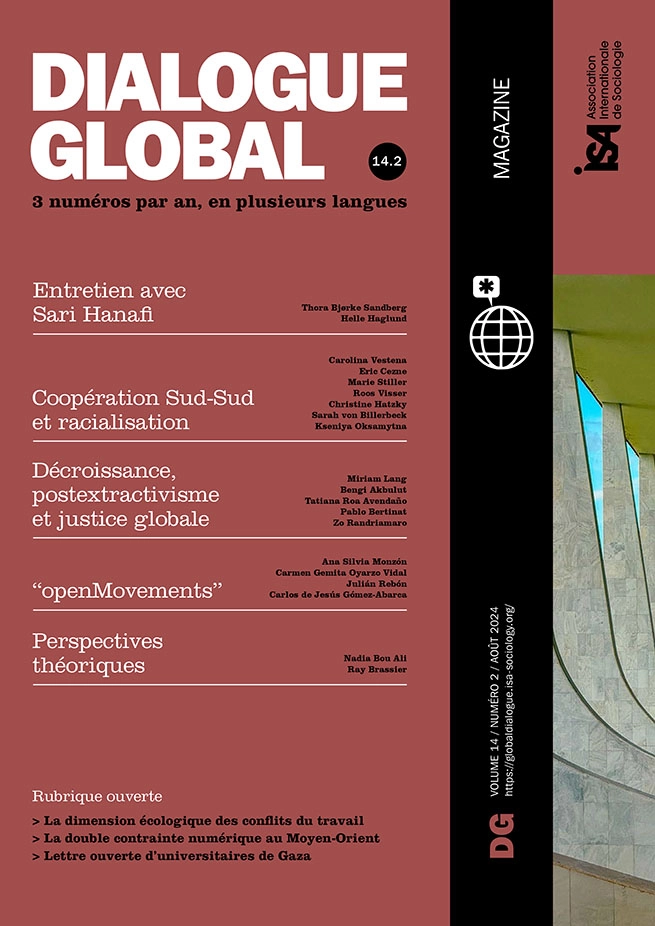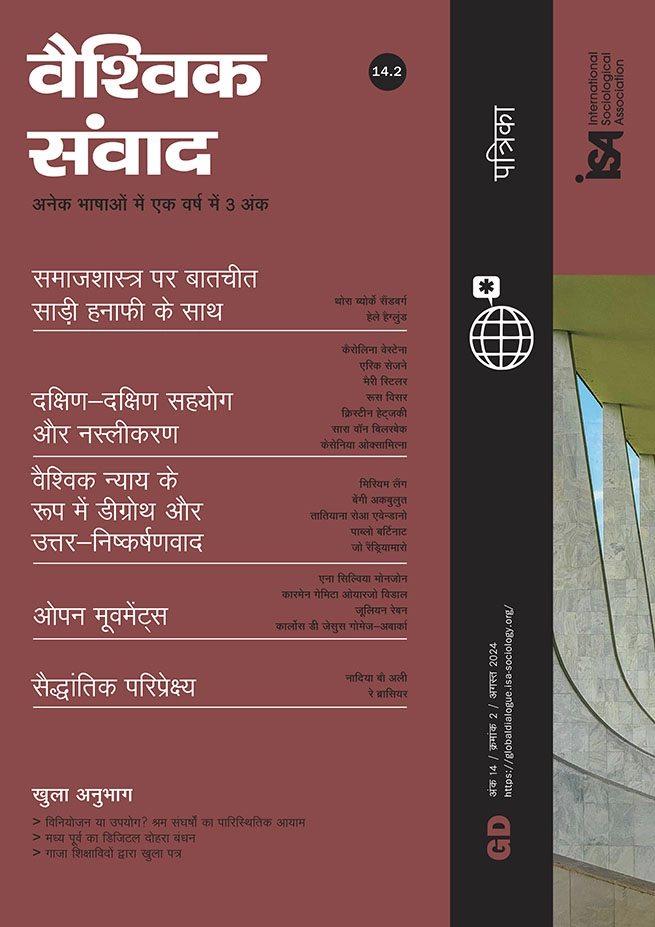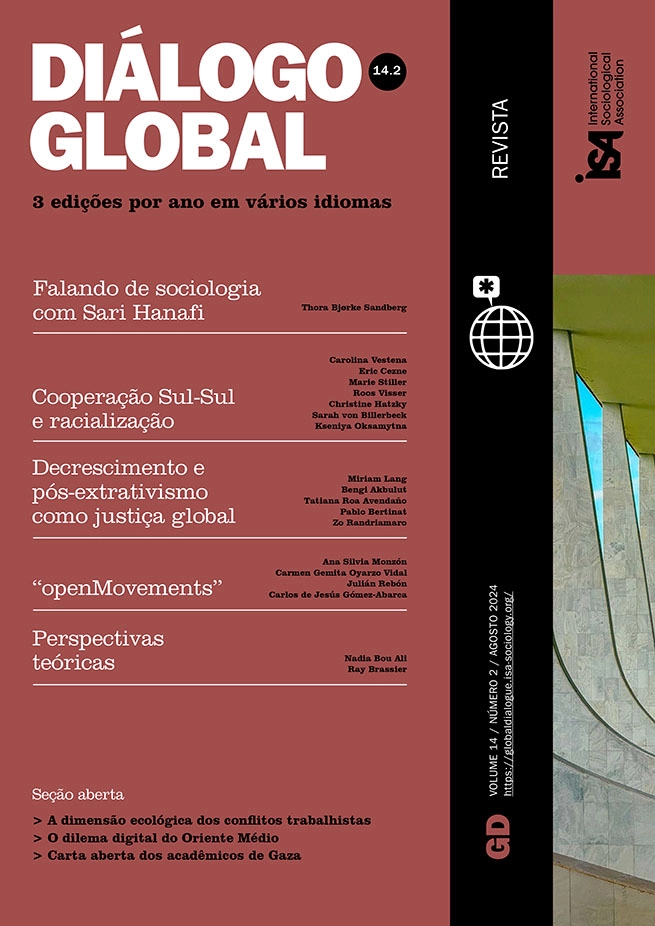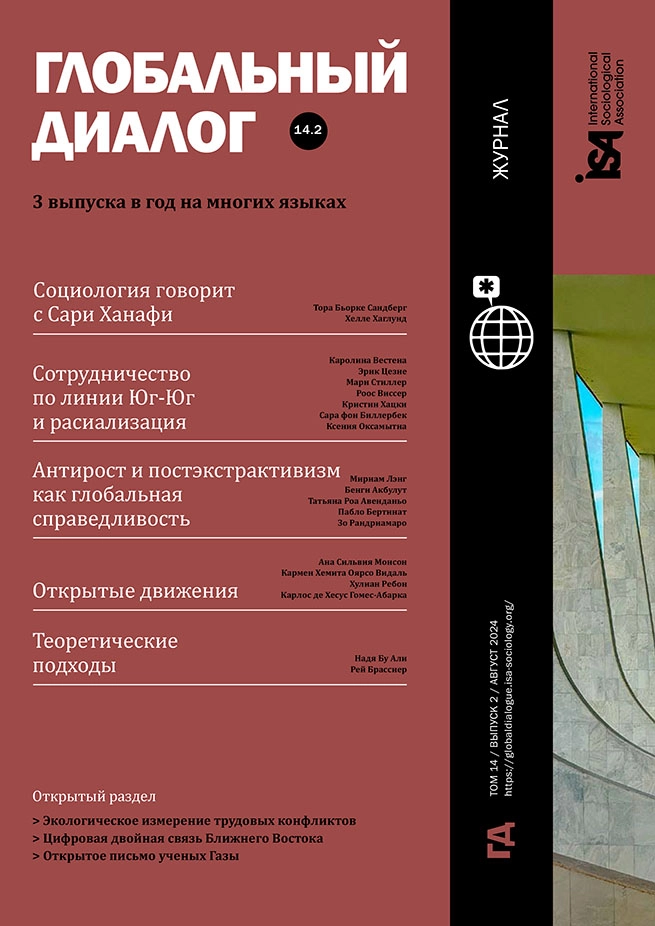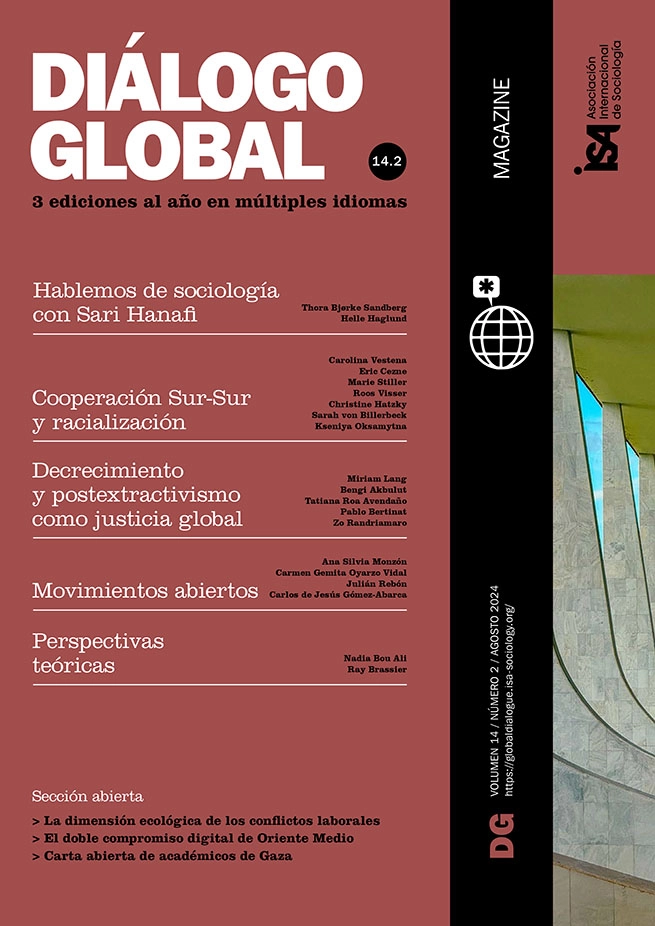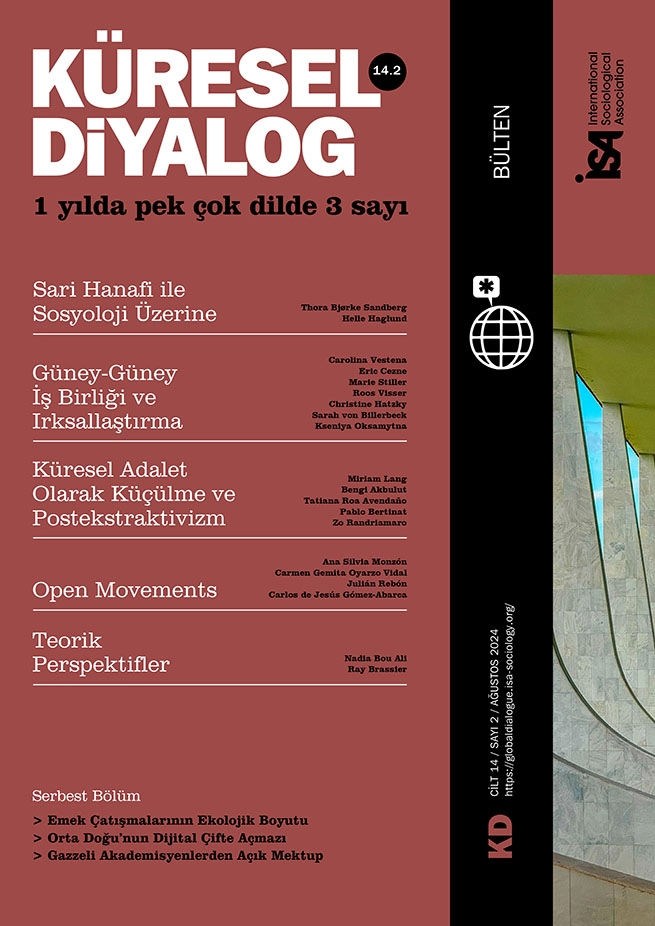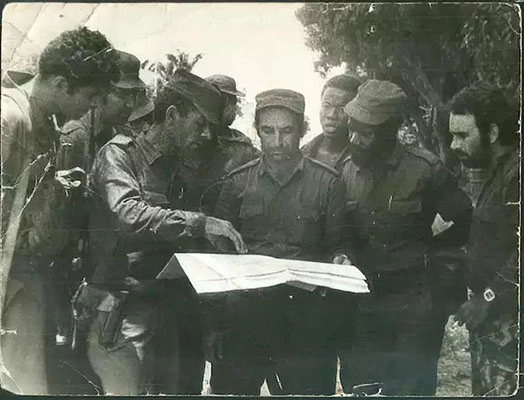What are the special features of South-South cooperation? In certain cases, first and foremost it involves cooperation between the governments, institutions, armed forces, and populations of two formerly colonized countries. I will illustrate this using the example of Angola and Cuba, and outline the peculiarities and historical context from which this cooperation emerged. The project took place in the era of decolonization, against the backdrop of the division of the world between capitalist and socialist systems. The era was also characterized by the still persisting hope that strong cohesion between formerly colonized countries would be able to overcome capitalism and imperialism, forging their own path of development beyond those two systems.
The case of Cuba and Angola is a case of cooperation between two left-wing projects: the People’s Movement for the Liberation of Angola (MPLA) and the Cuban government. The former had not yet determined its final direction, the latter was committed to socialism, but was attempting to overcome the political constraints of a Soviet system. Based on the principles of internationalist solidarity, the cooperation between the two countries aimed at establishing an anti-colonial and anti-imperialist transatlantic alliance that opposed US hegemony. Because Angola was (and still is) also rich in raw materials (oil, ores, diamonds), such a cooperation offered Cuba the prospect of more economic (and thus more political) independence from the Soviet Union as well as the opportunity to circumvent the economic blockade imposed by the US government in 1960.
Although it was a cooperation between equals, it was not entirely free of hierarchies and each side always pursued its own political and economic interests. Of course, these hierarchies also included racist assumptions on both sides, but these were not addressed – at least not in the official discourse. There was no room for racism in the discourse of internationalist solidarity within the historical context of decolonization. The existing hierarchies and racializations were rather concealed by a rhetoric of anti-colonialist and anti-racist solidarity, with the aim of strengthening cohesion between liberation movements and independent governments in Africa, Latin America and Asia.
Civil cooperation alongside military support
At the end of the war against Portuguese colonialism in 1975 and in the subsequent post-colonial war against the rivals of the MPLA – the FNLA and Unita – and the South African apartheid regime allied with them, around 400,000 Cuban soldiers fought alongside the MPLA forces until 1991. Civil cooperation developed from this military cooperation, as it became clear that an independent Angola needed much more than just military support: reconstruction aid in all political, social, and economic areas. Therefore, the President of independent Angola, Agostinho Neto, asked the Cuban government for additional civil support, particularly in the areas of education, health, and infrastructure. The Cuban government agreed and made its knowhow available via experts and skilled workers at all levels, and up until 1991 around 50,000 Cuban civilians were working in Angola. These included advisors in ministries, doctors, nurses, engineers, and teachers, who supported the development of the basic structures in all these areas, regardless of the raging internal war.
The support was initially intended as help for self-help, but due to the shortage of qualified Angolans, Cubans had to step up in many areas. The program was tailored to the specific Angolan needs and this was negotiated and coordinated by binational Angolan–Cuban teams. Detailed contracts defined the conditions of the civil cooperation, including payment for the service. The Angolan government paid the Cuban government directly for the work and together they provided accommodation, transportation, and food as well as a modest allowance for the cooperators. Ultimately, the cooperation ended with the New York Accords in 1988 between South Africa, Cuba, and Angola, which sealed the withdrawal of Cuban and South African troops and civilians from Angola and established Namibia’s independence in 1990, another milestone in the collapse of the apartheid regime.
Altogether, it was the largest and most comprehensive episode of South–South cooperation between two formerly colonized countries in history. The question of racial hierarchies in this cooperation is complex and depends on whether it is raised from an Angolan or A Cuban perspective. Self-perceptions and mutual perceptions in the everyday life of the cooperation that I explore in my publication, on the basis of interviews with Cubans and Angolans involved, provide insight into aspects of existing and perceived hierarchies.
Countries linked through colonialism and slavery
The historical context is key to understanding the background and motivation for this cooperation. The two countries had been linked by Spanish and Portuguese colonialism since the sixteenth century through the transatlantic slave trade. This had resulted in around one million Africans being deported to Cuba’s sugar plantations up until the end of the nineteenth century. Many of these people of African descent participated in Cuba’s struggle for independence against the Spanish empire (1868-1898). Cuban head of state Fidel Castro referred to this in 1975 when justifying military cooperation with the MPLA. He saw Cubans as historically indebted and bound to support their African brothers in their struggle for independence against the Portuguese (1960-1975), defining Cuba as a “Latin American-African” nation.
The cultural and linguistic compatibility resulting from the shared experience of Iberian colonialism at least facilitated the cooperation. The common ground was more important at that moment than the perception of racial hierarchies between Angolans and Cubans. A hierarchy certainly existed due to the chronological advantage of the Cuban people in overcoming colonial and post-colonial forms of domination, accelerated by the revolution of 1959, whose internationalism was linked to a decolonial, egalitarian political, economic, and cultural avant-garde project.
Global decolonization and the emergence of the Tricont
The revolution with which Cuba liberated itself from the imperial grip of the US (which had replaced Spanish colonialism as the hegemonic power in the Americas in 1898) took place in the era of global decolonization. In 1955, more than 29 sovereign states and 30 liberation movements met in Bandung (Indonesia) to discuss the end of colonialism. There the term “Third World” (later called “Tricont”) symbolized a “third way” of development in contrast to the “First” capitalist and imperialist world and the “Second” socialist world – with the exception of China.
With the end of colonialism in Africa in the late 1950s, the Cuban revolutionaries established relations with anti-colonial movements and governments there. At the culmination of the Cold War in 1961 – when the Cuban Missile Crisis brought the world to the brink of nuclear war – the Non-Aligned Movement was founded in Belgrade, with Cuba as the only Latin American state to participate. In 1966, the “Tricontinental Conference” took place in Havana, attended by 82 anti-colonial movements and governments from Asia, Africa and Latin America, with the aim of preparing the anti-colonial world revolution under Cuban leadership in the spirit of “internationalist solidarity”. At the beginning of the 1970s, Cuba was the first country from the “Third World” to be accepted into the socialist economic community of the CMEA in order to ensure the island’s economic and political survival. This economic support from the Eastern Bloc states and the Soviet Union made it possible to establish extensive South–South cooperations with Angola and many other Tricont countries.
Christine Hatzky, Leibniz University Hannover, Germany <christine.hatzky@hist.uni-hannover.de>
